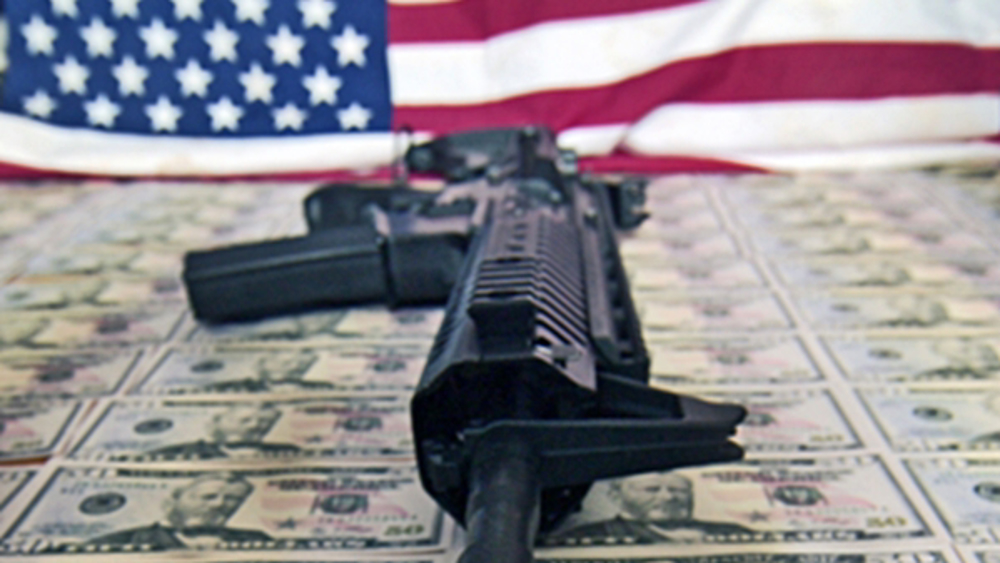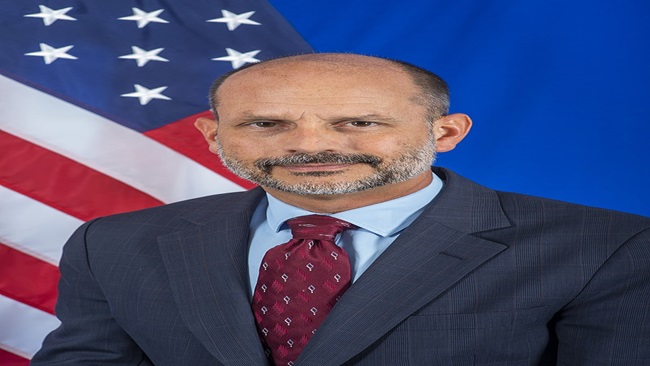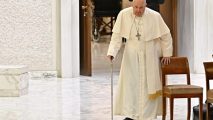20, October 2020
CPDM Crime Syndicate: Yaounde defers new tax on smartphones and tablets 0
Cameroon’s President Paul Biya has requested the suspension of a new tax regime that would have compelled consumers to pay a levy equivalent to 33 percent of the cost of any imported phone or tablet purchased from mid-October as import duty. Citing the official statement, Investir au Cameroun reports that the President’s decision will force the government to rethink the method of collection of the new tax, which was supposed to rely on a new online platform developed by data management firm Arintech.
Introduced by the 2019 finance bill, the duty would have reportedly been collected by the country’s mobile operators via deductions from consumers’ call credit, using IMEI numbers to identify taxable devices.
The country’s association of mobile operators (AOTMC) had urged a rethink of this process, highlighting a number of technical problems with Arintech’s new online platform. It is proposing an alternative method of collection that would, among its other benefits, better inform and protect consumers.
According to Investir au Cameroun, the 2019 finance bill also stipulates an additional measure to increase tax receipts from imported products, consisting of a fixed duty of XAF 200 (approximately EUR 0.30) for taxable mobile applications once downloaded onto a consumer device.
Source: Telecompaper


























24, October 2020
Cameroonians are resisting attempts to raise tax revenue from rising mobile use 0
Earlier this week (Oct. 19) in Cameroon, president Paul Biya ordered the deferment of the collection, by digital means, of custom duties and taxes on imported phones and other electronic devices. A new automated system for the collection had been scheduled to go operational on Oct. 15.
But the move sparked widespread outrage, especially online with the hashtag #EndPhoneTax, in a country where manifestation of dissent can easily spiral into violence. The pressure was enough to push the government to halt the tax collection system which would have undoubtedly shifted the burden of payment from the importer to the end user.
It is important to note the customs duties and taxes on phones, which stand at 33% of their factory price, as well as a 200 CFA francs (36 cents) tax on app download, have not been scrapped. The levies have merely been suspended over the lack of an appropriate collection mechanism. The Biya government remains keen on recapturing this tax revenue. It says the government has been missing out on about $21.5 million annually to irregular customs clearance and phone smuggling.
It is not only in Cameroon where citizens have been pushing back at attempts to raise tax revecnue through one of the few successful and growing industry sectors on the continent.
Source: Quartz Africa